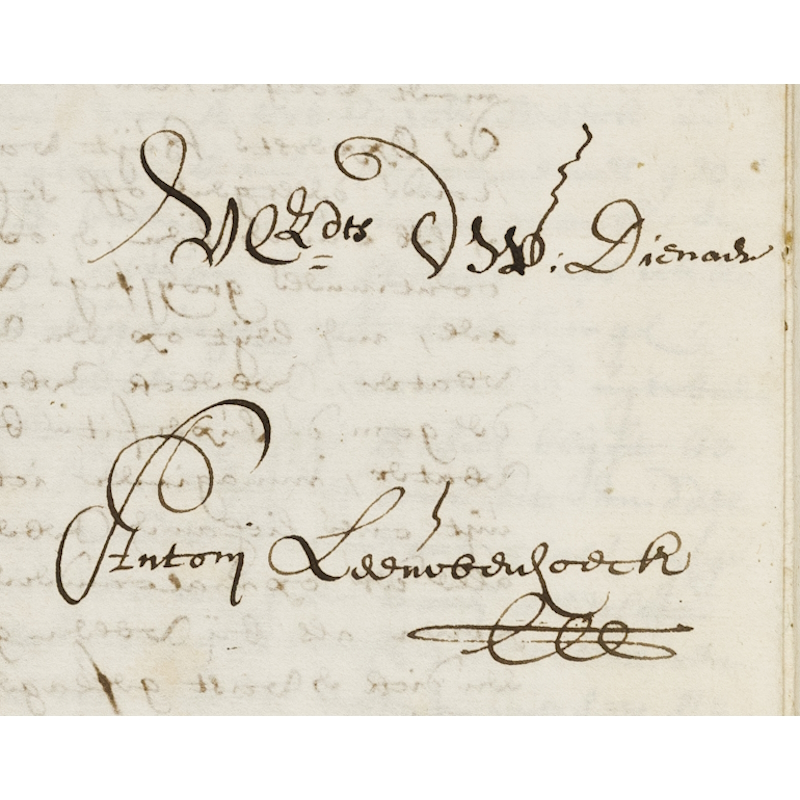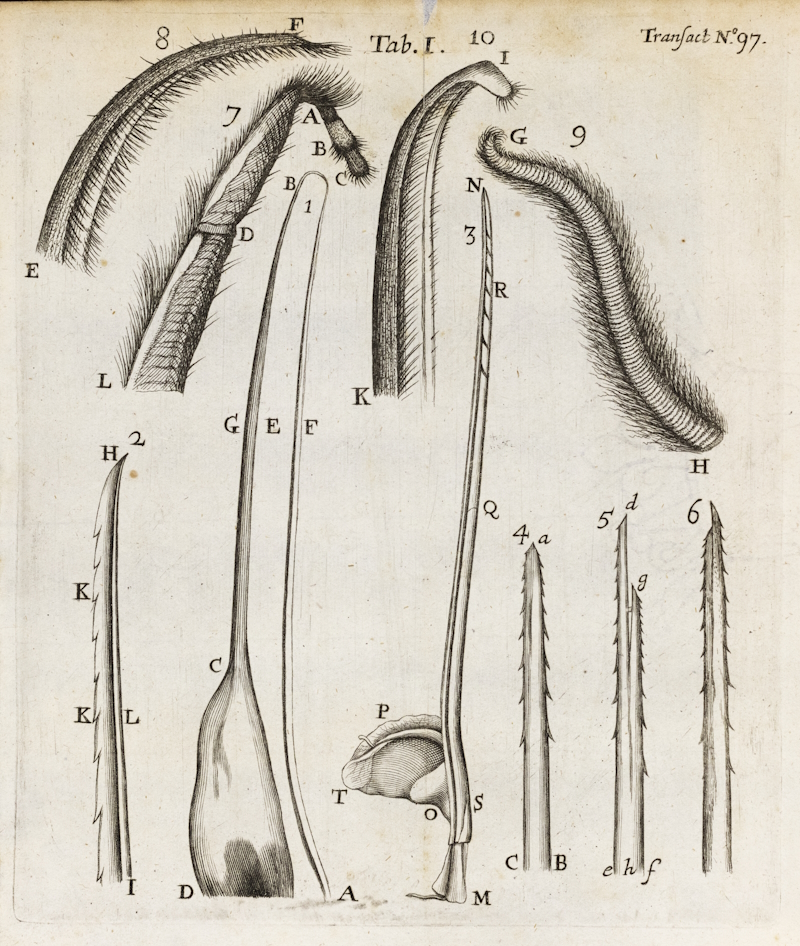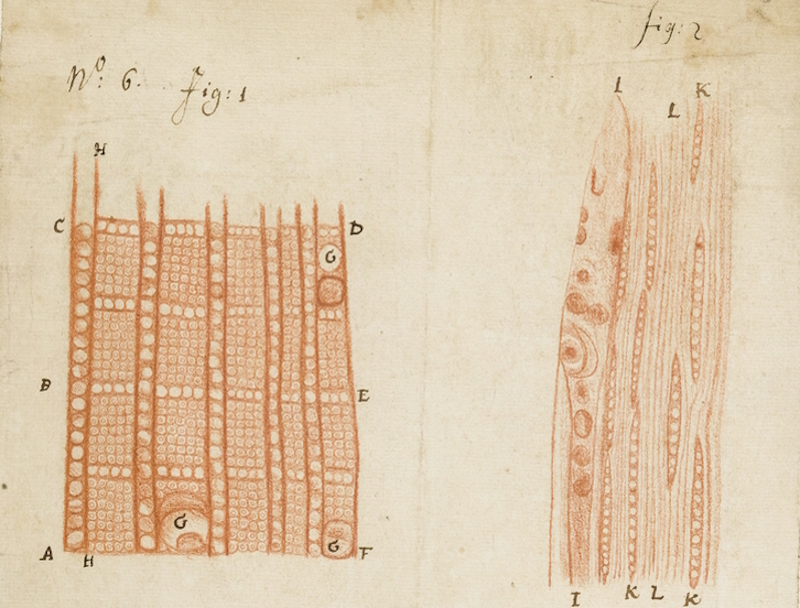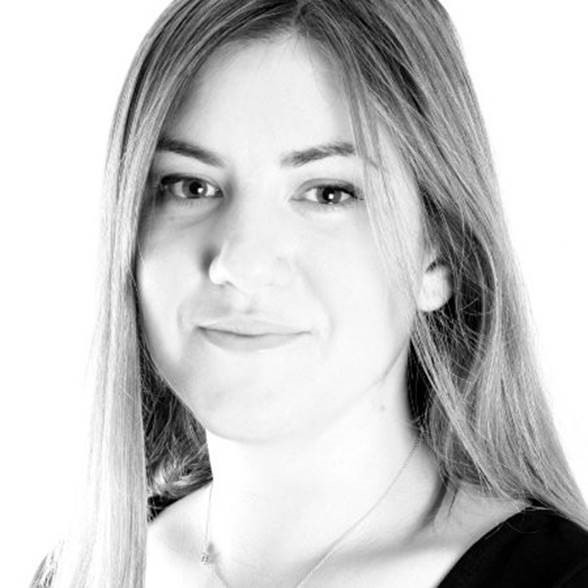A two-day conference, marking the 300th anniversary of the death of Dutch microscopist Antoni van Leeuwenhoek, will be held at the Royal Society in September.

‘I think this is the beginning of a beautiful friendship’. You’ll likely recognise this famous line, uttered by Rick Blaine (Humphrey Bogart) at the end of the classic movie Casablanca. It always pops into my mind when I read the following:
‘Mr. Leewenhoeck hath lately contrived Microscopes excelling those that have been hitherto made by Eustachio Divini and others […] he hath given a Specimen of their excellency by divers Observations, and is ready to receive difficult tasks for more, if the Curious here shall please to send him such: Which they are not like to be wanting in.’
The source is an article in number 94 of the Philosophical Transactions, published on 19 May 1673 by Henry Oldenburg, Secretary of the Royal Society. Oldenburg had received some correspondence from Delft in Holland, reaching London despite the background rumblings of the Third Anglo-Dutch War: a covering letter by Dutch physician Regnier de Graaf, quoted above in translation, introducing some microscopical observations of mould, bees and lice by de Graaf’s friend, the draper Antoni van Leeuwenhoek.
The original letter and Leeuwenhoek’s manuscript figures are now lost, though the latter were copied and published in another Phil Trans article five months later. Below are the bee stings, ‘arms’ and scrapers he observed through his tiny glass lenses:

Further missives from Delft were not long in coming. The earliest one surviving in the Royal Society’s archives is in our Early Letters series and carries the reference number EL/L1/1. As well as more bee and louse anatomy, it looks at the structure of wood and – in a digression from microscopical observations – the compression of air. Here’s the full paper on our Science in the Making platform:
The ‘Curious’ at the Royal Society were obviously not wanting in ‘difficult tasks’ and fresh items for their new Dutch observer to place under his lenses: a two-way correspondence ensued, EL/L1/1 led to EL/L1/2 (human blood, elk hair and another louse), EL/L1/10 (optic nerves, scorpions, tobacco), then…
Well, four large archival guardbooks later, we reach the end: EL/L4/87, a letter concerning the reproduction of micro-organisms and the palpitation of his diaphragm. Written sometime in August 1723, the letter was read at the Royal Society meeting of 21 November as something of an elegy to Leeuwenhoek, who had passed away on 26 August at the grand age of 90. His fifty years’ uninterrupted correspondence with the Society – 190 letters in total – is testimony to his diligence and unceasing curiosity about the natural world.
The year 2023 is therefore a double anniversary: 300 years since Leeuwenhoek’s death, and 350 since that first letter from Delft. To mark the occasion, we’re hosting a two-day conference, Antoni van Leeuwenhoek and his impact on the history of microscopy, on Thursday 14 and Friday 15 September. Clicking on the link will take you to our conference page, with an event booking button allowing you to purchase tickets for the Thursday, the Friday, or both. The admission price includes tea, coffee and lunch, in non-microscopic portions.
The conference is highly recommended for all historians of microscopy, microbiology, optics and the visual arts, both in the seventeenth and eighteenth centuries and subsequently. Our conference organisers from the Bibliotheca Hertziana – Max Planck Institute for Art History, the Rijksmuseum Boerhaave and the Huygens Instituut have put together a programme [PDF] with a truly international flavour. We very much hope to see you there for some excellent ‘divers Observations’.








